The study of ancient Egyptian history, language, culture, religion, and art is known as Egyptology. Egyptologists are people who devote their lives to researching and analyzing the immense amount of material found from Egypt’s ancient civilization.
Egyptology has been studied for centuries, with some of the first pioneers being scientists such as Jean-Francois Champollion, who notably decoded ancient Egypt’s hieroglyphic script.
Many other great Egyptologists have contributed to the profession over the years, including Sir William Matthew Flinders Petrie, who is recognized as the “Father of Egyptian Archaeology,” and Howard Carter, who notably found Tutankhamun’s tomb in 1922.
Some notable Egyptologists include Mark Lehner, who produced significant findings at Giza, and Barry Kemp, who undertook substantial research at Amarna.
In addition, several Egyptologists, such as Jan Assmann, Toby Wilkinson, and Joann Fletcher, have made significant contributions to the field by their research, writing, and teaching.
These Egyptologists’ work has served to shed light on one of the world’s most enduring civilizations’ unique history and culture.
Famous Egyptologists
1. Zahi Hawass
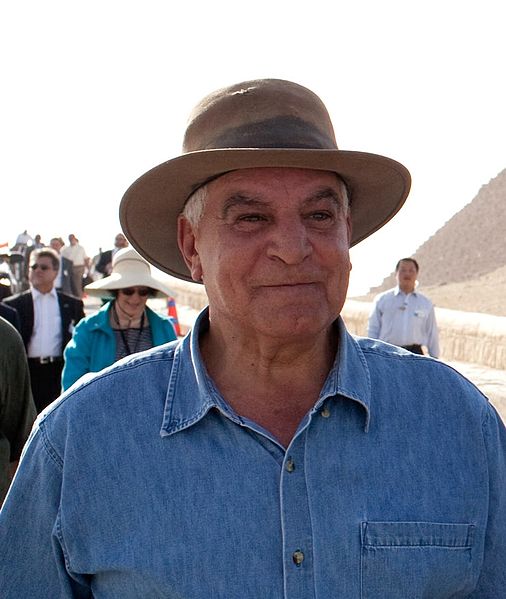
Zahi Hawass is a well-known Egyptian archaeologist and Egyptologist who has worked tirelessly to preserve and promote Egypt’s historic history. He was born in Damietta, Egypt, on May 28, 1947, and obtained his PhD in Egyptology from the University of Pennsylvania.
Over his career, Hawass has held a variety of academic and political positions, including Secretary General of Egypt’s Supreme Council of Antiquities and Minister of Antiquities under the Egyptian government.
He has also been the Director of Excavations at Giza and Saqqara, as well as the leader of numerous archaeological excursions throughout Egypt.
Over his career, Hawass has produced numerous notable discoveries, including the tombs of the pyramid builders at Giza and the Valley of the Golden Mummies in Bahariya Oasis.
He is particularly well-known for his attempts to return stolen Egyptian treasures from around the world, such as the return of the Rosetta Stone from the British Museum.
Hawass is a well-known and prominent figure in the world of Egyptology, having hosted a number of successful television series about ancient Egypt.
He has authored a number of books and articles on the subject, and he has received various medals and distinctions for his contributions to the field, including the French Legion of Honor and the National Geographic Society’s Explorers Medal.
2. Howard Carter
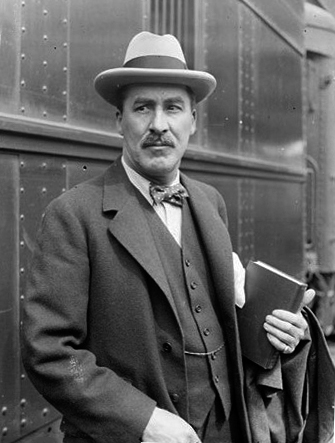
Howard Carter was a British archaeologist and Egyptologist best known for uncovering Tutankhamun’s tomb in 1922. He was born in Kensington, London, on May 9, 1874, and began his archaeological career at the age of 17, working as an artist and draftsman for various well-known archaeologists.
Carter was engaged by the 5th Lord of Carnarvon to manage excavations in Egypt in 1907, and he made a series of significant discoveries over the next several years, including the tombs of numerous New Kingdom pharaohs in the Valley of the Kings. Yet, it was his discovery of Tutankhamun’s tomb in 1922 that established him as a household name.
Tutankhamun’s tomb discovery was one of the most significant archaeological discoveries of the twentieth century, sparking a worldwide obsession with ancient Egypt. The tomb was discovered to be mostly intact, and it housed a massive treasure trove of items, including Tutankhamun’s famed golden mask.
Carter oversaw the tomb’s excavation and preservation for several years, and his efforts helped to pioneer many of the procedures and practices that are being employed in archaeological excavations today.
Carter’s career was not without controversy, with some criticizing him for his abrasive demeanor and inclination to keep knowledge about his findings hidden.
His contributions to Egyptology, however, are obvious, and his discovery of Tutankhamun’s tomb remains one of the most important archaeological discoveries of all time.
3. Jean-François Champollion
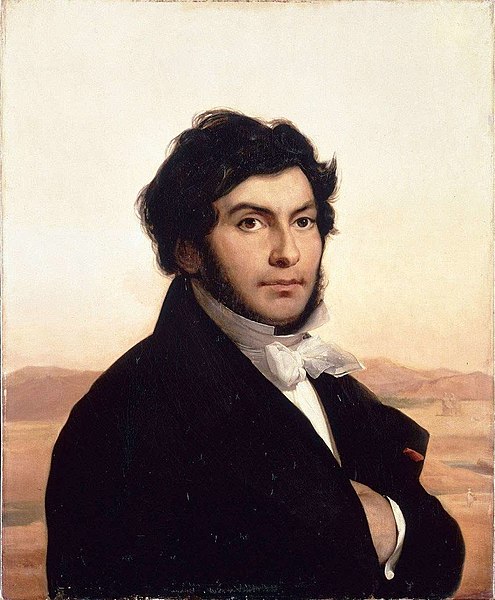
Jean-François Champollion was a French Egyptologist and academic who is credited for decoding ancient Egyptian hieroglyphs. He was born in Figeac, France, on December 23, 1790, and was mostly self-taught in the fields of ancient languages and history.
Champollion was captivated by ancient Egypt from a young age, and he spent much of his life researching the ancient language and culture. He traveled to Egypt multiple times in the early nineteenth century to study the hieroglyphic script and acquire antiquities for the French government.
Champollion achieved a breakthrough in his research of the hieroglyphs in 1822 when he realized that some of the symbols reflected phonetic sounds rather than ideograms. He applied this expertise to read the names of various pharaohs on the Rosetta Stone, which was unearthed in Egypt by the French in 1799.
Champollion’s deciphering of the hieroglyphs was a significant achievement in Egyptology, opening up a whole new understanding of ancient Egyptian history and culture. His work set the door for subsequent discoveries in the discipline, and he is widely recognized as one of the most influential figures in Egyptology history.
Champollion died on March 4, 1832, at the age of 41.
4. David O’Connor
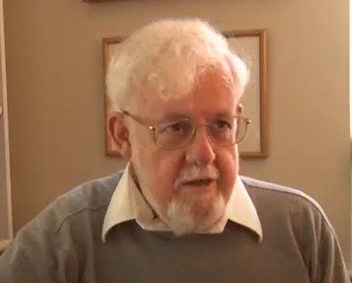
David O’Connor is a well-known American Egyptologist and archaeologist who specializes in ancient Egyptian history and culture. He was born in 1948 and graduated from the University of Chicago with a PhD in Egyptology.
Over his career, O’Connor has held a variety of academic roles, including Director of the Institute of Egyptian Art and Archaeology at the University of Memphis and Professor of Anthropology at New York University. He has also served as the Director of the Penn Museum in Philadelphia and as the President of the American Research Center in Egypt.
O’Connor’s research has concentrated on the ancient city of Thebes, particularly the Valley of the Kings. He has performed significant excavations at many sites around Egypt, notably the Valley of the Kings, and has written and published numerous articles and books on Egyptian history and culture.
O’Connor is well recognized in the subject of Egyptology, and his work has made significant contributions to our understanding of ancient Egypt. He has won various medals and distinctions in recognition of his contributions to the field, including the coveted Distinguished Scholar Award from the American Research Center in Egypt.
5. Flinders Petrie
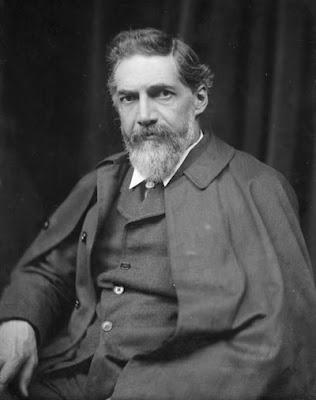
Sir William Matthew Flinders Petrie, also known as the “Father of Egyptian Archaeology,” was an English Egyptologist and archaeologist. He was born on June 3, 1853, in Charlton, England, and began his archaeological career at a young age, working with his father on digs throughout the British Isles.
Petrie was invited to join in the Egypt Exploration Fund’s excavations in Egypt in 1880, and he undertook numerous digs around Egypt and the Middle East over the course of his career. He is well-known for meticulously cataloging archaeological discoveries and developing new procedures and strategies for digging and evaluating ancient sites.
Throughout his career, Petrie made numerous significant finds, including the Merneptah Stele, which bears the oldest known reference to the country of Israel, and the “Fayum Portraits,” a collection of Roman-era portraits discovered in Egypt’s Fayum region.
In addition to his achievements to Egyptology, Petrie made substantial contributions to mathematics and statistics, and he is credited with developing the sequence dating method, which is still used by archaeologists today.
Throughout his career, Petrie won numerous accolades and distinctions, including a knighthood in 1923, and his work helped to develop many of the processes and techniques that are being employed in archaeological excavations today. He died on July 28, 1942, at the age of 89.
6. Giovanni Belzoni
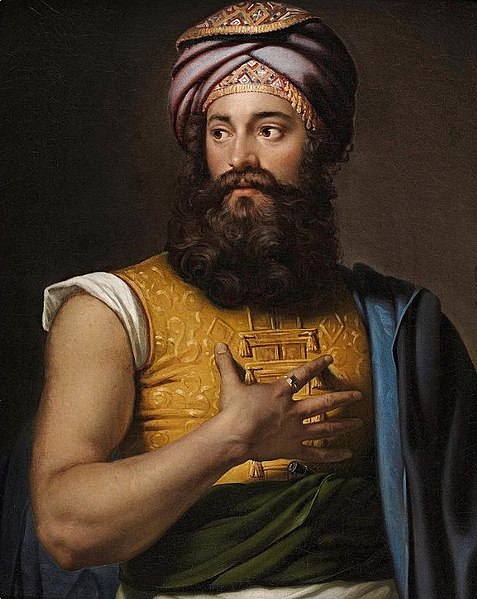
Giovanni Battista Belzoni was a 19th-century Italian adventurer and archaeologist most renowned for his work in Egypt. He was born in Padua, Italy, on November 15, 1778, and began his career as a circus strongman before moving on to engineering and hydraulic work.
The British Consul General in Egypt contracted Belzoni in 1815 to remove a huge statue of Ramses II from the temple at Abu Simbel. Belzoni used a system of levers and pulleys to move the statue, which weighed over 7 tons, and the feat made him famous throughout Europe.
Belzoni went on to excavate extensively throughout Egypt, especially at the Karnak and Luxor temples, as well as in the Valley of the Kings. He was noted for his stature and strength, which enabled him to lift massive antiques and sculptures with relative ease, as well as his daring attitude.
Belzoni made numerous notable discoveries during his career, notably the tomb of Seti I in the Valley of the Kings, which contains some of the most exquisite and well-preserved wall murals of any tomb in Egypt. He also uncovered the entrance to the second pyramid of Giza and the Colossus of Memnon, a pair of gigantic stone statues that flank the entrance to a temple near Luxor.
Belzoni died on December 3, 1823, at Gwato, Benin, while on a trip to explore the interior of Africa. Despite his short career in Egyptology, his contributions to the field were substantial, and his discoveries helped to pave the way for greater investigation and knowledge of the ancient culture of Egypt.
7. Jan Assmann
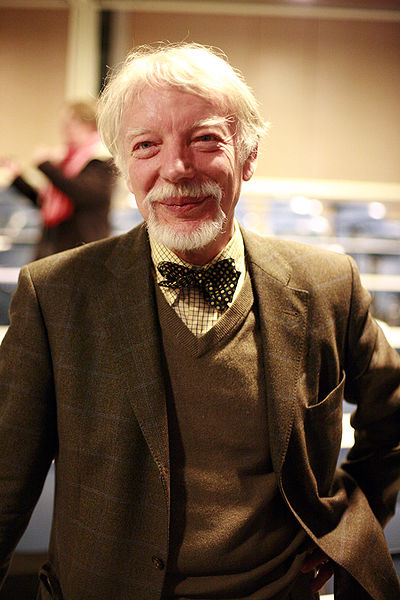
Jan Assmann is a German Egyptologist and cultural theorist best known for his work on ancient Egyptian religion and culture. He was born on July 7, 1938, in Langelsheim, Germany, and attended the University of Heidelberg, where he studied Egyptology, classical archaeology, and ancient Near Eastern studies.
Assmann’s research focuses on how ancient cultures impact modern society and the role of religion in cultural memory. He has written extensively on the concept of cultural memory, claiming that communities build their own tales and myths to maintain a feeling of identity and continuity over time.
Assmann has also made significant contributions to the study of ancient Egyptian religion, claiming that when applied to ancient Egypt, the standard dichotomy between “polytheism” and “monotheism” is erroneous. He has proposed that Egyptian religion was distinguished by a “cosmic theology” that understood the world as a harmonious and interrelated whole, rather than as a collection of different deities with unique roles and duties.
Assmann’s work has had a considerable impact on broader cultural and intellectual discussions as well as the field of Egyptology. Throughout his career, he has received various prizes and distinctions, including the Leibniz Award, Germany’s highest academic honor.
8. Ludwig Borchardt
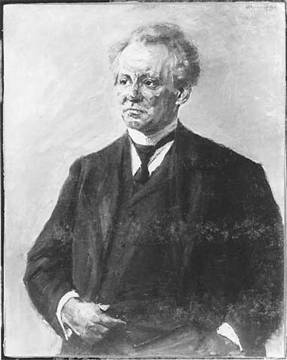
Ludwig Borchardt was a German Egyptologist and archaeologist best known for discovering the bust of Nefertiti, one of ancient Egypt’s most iconic antiquities. He was born on October 5, 1863, in Berlin, Germany, and attended the University of Berlin, where he studied Egyptology, archaeology, and art history.
Borchardt began his Egyptology career in the late nineteenth century, and he undertook numerous digs throughout Egypt and Sudan over his tenure. He is well-known for meticulously documenting archaeological sites and for his dedication to conserving and maintaining Egypt’s ancient history.
Borchardt’s most renowned discovery was the discovery of the bust of Nefertiti in the ancient city of Amarna in 1912. The bust is widely recognized as one of ancient Egypt’s most beautiful and famous objects, and it has come to represent feminine beauty and power.
Borchardt was a notable art historian and curator in addition to his work in Egyptology, and he was instrumental in the establishment of the Egyptian Museum in Berlin. He was a fervent supporter of cultural heritage preservation, and he worked tirelessly to guarantee that Egypt’s ancient monuments and antiquities were preserved and studied for future generations.
Borchardt died in Zurich, Switzerland, on August 12, 1938.
9. Édouard Naville
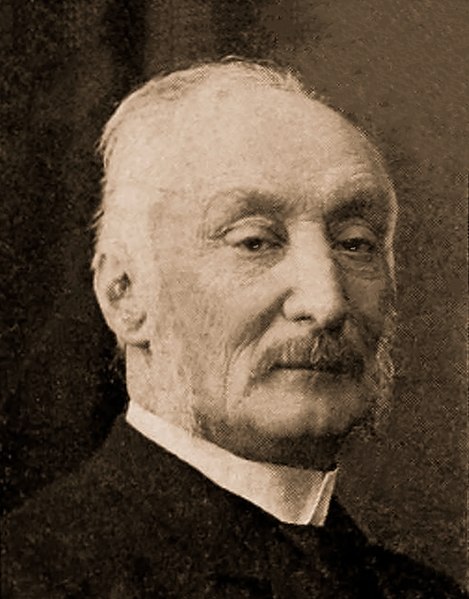
Édouard Naville was a Swiss archaeologist and Egyptologist most known for his work excavating and interpreting Thebes. He was born in Geneva, Switzerland, on June 24, 1844, and studied Egyptology at the University of Geneva.
Naville began his Egyptological career in the late nineteenth century, and he undertook numerous digs around Egypt throughout his career.
He is well-known for his painstaking documentation of archaeological sites and artifacts, as well as his contributions to our understanding of ancient Egyptian religion and civilization.
Naville’s most notable findings came during his excavations at the ancient city of Thebes, when he found the graves of several pharaohs and high-ranking officials.
His work at Thebes contributed to the development of many of the procedures and techniques that are still employed in archaeological excavations today, and his contributions to Egyptology have had a long-lasting impact on the study of ancient Egypt.
Naville was an archaeologist as well as a scholar of ancient languages and literature, and he made significant contributions to the study of Hebrew and Syriac writings. He was a prolific writer, releasing numerous books and essays on his work in Egyptology and on his research of ancient languages.
Naville died in Geneva, Switzerland, on October 6, 1926.
10. Arthur Cruttenden Mace
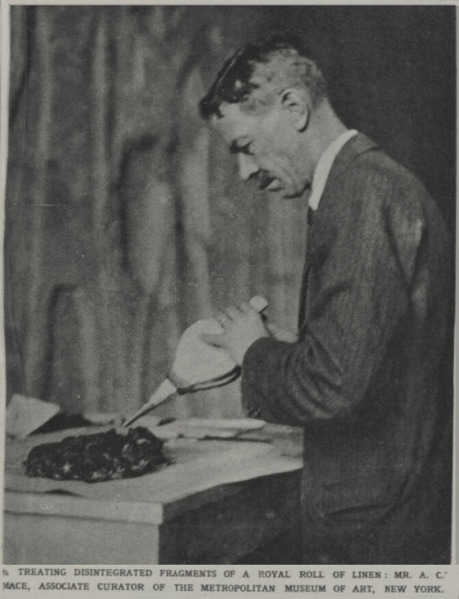
Arthur Cruttenden Mace was an American Egyptologist and archaeologist who is recognized for his role in the excavation of the tomb of Tutankhamun. He was born in Philadelphia, Pennsylvania, on November 5, 1874, and studied Egyptology at the University of Pennsylvania.
Mace began his career in Egyptology in the early twentieth century, and he worked on a number of excavations around Egypt. He is well-known for his painstaking documentation of archaeological sites and artifacts, as well as his contributions to our understanding of ancient Egyptian history and culture.
In the early 1920s, Mace was involved in the excavation of Tutankhamun’s tomb, which was his most notable effort. Mace was in charge of the painstaking excavation and documenting of the tomb and its contents, which contained a wide array of valuables and antiques, together with his colleague Howard Carter.
Mace’s contributions to the discipline of Egyptology have had a lasting impact on the study of ancient Egypt, and his work on the excavation of Tutankhamun’s tomb helped to develop many of the methodologies and techniques that are still employed in archaeological excavations today.
Mace was a talented musician and composer in addition to his archaeology work, and he wrote a number of musical works throughout his life. He died on September 28, 1928, in New York City.
11. Margaret Murray
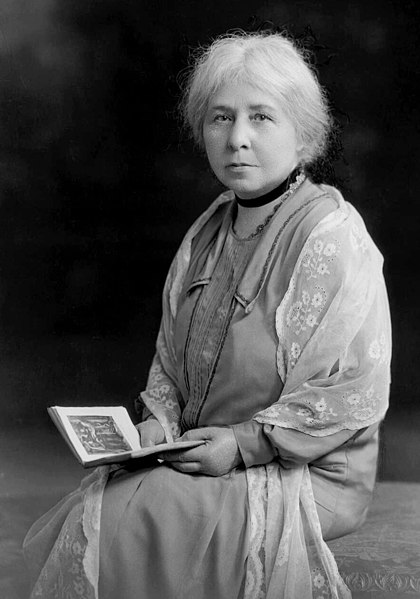
Margaret Murray was a British Egyptologist and archaeologist most known for her controversial beliefs regarding witchcraft and its roots in ancient pagan religion. She was born in Calcutta, India, on July 13, 1863, and studied Egyptology and archaeology at University College London.
Murray’s early work was centered on ancient Egypt, and she undertook a number of excavations across the country throughout her career. She is arguably best known for her witchcraft views, which she developed in the 1920s and 1930s.
Murray contended that witchcraft was a relic of pre-Christian pagan religion, with roots in Europe and the Middle East’s old fertility cults. She also suggested that the 16th and 17th century witchcraft trials were an attempt by the Christian church to destroy these ancient pagan beliefs.
Murray’s witchcraft views were contentious at the time, and they are still contested by scholars today. Some have criticized her for finding connections between unrelated sources and for portraying witchcraft and its history in a simplistic and one-dimensional manner.
Regardless of the dispute surrounding her beliefs, Murray’s contributions to Egyptology and archaeology are universally acknowledged. She was one of the first female scholars and researchers to make substantial contributions to these subjects, and she paved the way for many future scholars and researchers. She died in Swanage, England, on November 13, 1963.
12. Barbara G. Adams
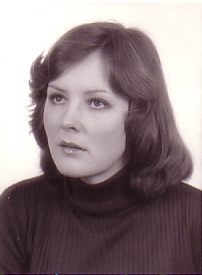
Barbara G. Adams was a British archaeologist and Egyptologist best recognized for her work on ancient Egyptian art and religion. She was born in Sheffield, England, on July 5, 1945, and studied Egyptology at the University of Liverpool.
Adams began her work in Egyptology in the 1970s, and she has done various excavations and research in Egypt and the Middle East. She is well-known for her expertise in ancient Egyptian religion and funeral art, as well as her contributions to our knowledge of how art and religion intermingled in ancient Egyptian culture.
Adams was also a curator and museum professional who was instrumental in the establishment and curation of the Egypt galleries at the Manchester Museum. She was a prolific writer, having written numerous books and essays about Egyptology and ancient Egyptian art and religion.
Adams was also a strong supporter of cultural heritage preservation, and she worked tirelessly to ensure that Egypt’s ancient monuments and antiquities were preserved and studied for future generations. Her legacy lives on in the many academics and researchers who continue to study and explore Egypt’s ancient culture. She died on March 15, 2001, in Manchester, England.
13. Toby Wilkinson
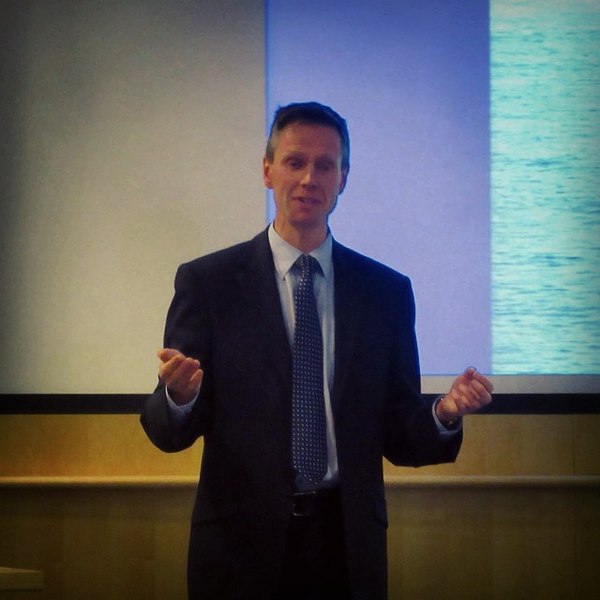
Toby Wilkinson is a British Egyptologist and professor well-known for his work on ancient Egyptian history and culture. He was born on September 12, 1969, in Cambridge, England, and attended the University of Cambridge to study Egyptology.
Wilkinson has authored a number of books and articles on ancient Egypt, spanning from the pyramids and pharaohs to the daily lives and cultures of ordinary Egyptians. He is well-known for his entertaining and approachable writing style, as well as his thorough research and knowledge.
Wilkinson’s work has had a significant impact on Egyptology, and he has received a number of prizes and distinctions for his contributions to the study of ancient Egypt. He has also worked as a curator and museum specialist, and he was instrumental in the conception and curation of Egyptian-themed exhibitions and displays.
Wilkinson is an Egyptologist as well as an academic, having held several teaching and research positions at universities in the United Kingdom and around the world.
He has been a Fellow of Clare College, Cambridge, since 2004, and has previously held the positions of Head of the Department of Archaeology at Durham University and Director of the Institute of Archaeology at the University of Liverpool.
Wilkinson’s contributions to Egyptology are still highly acknowledged, and his work has contributed to a better understanding of one of the world’s oldest and most intriguing civilizations.
14. Dorothy Eady
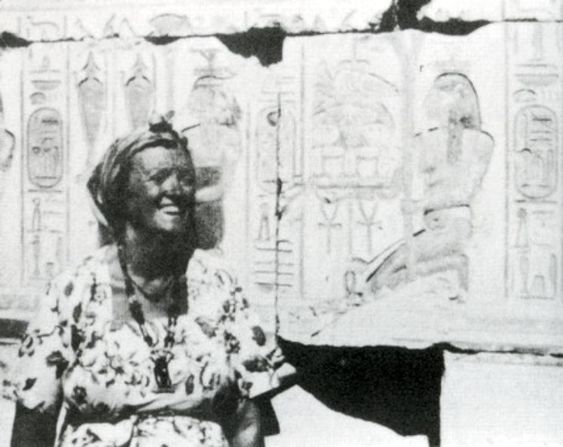
Dorothy Eady, also known as Om Seti, was a British Egyptologist and archaeologist who made the extraordinary claim of being a reincarnated Egyptian priestess. She was born in London, England, on January 16, 1904, and studied Egyptology at the University College London.
In 1921, Eady’s life was turned upside down when she fell down a flight of stairs and sustained a brain injury. She continued to demonstrate peculiar behavior once she recovered, including a passion with ancient Egypt and the ability to read and write in hieroglyphics.
Eady subsequently relocated to Egypt, where she worked as a researcher and translator for the most of her life. She claimed to have strong recollections of her previous life as a priestess of Seti I’s temple in the ancient city of Abydos, and she spent a lot of time studying and documenting the temple and its relics.
Scholars and researchers have been divided on Eady’s claims of reincarnation and her apparent ability to read and write in hieroglyphics. Her efforts in chronicling Seti I’s temple and her contributions to the study of ancient Egypt, on the other hand, are well acknowledged, and she played a significant part in bringing attention to the history and culture of this ancient civilisation.
Eady died in Abydos, Egypt, on April 21, 1981.
15. John Gardner Wilkinson

John Gardner Wilkinson was a pioneering British archaeologist and Egyptologist who studied ancient Egyptian culture and society. He was born in Little Missenden, England, on October 5, 1797, and attended the University of Oxford.
Wilkinson began his Egyptological career in the early nineteenth century, and he undertook various excavations and research throughout Egypt throughout his career. He is well-known for meticulously documenting archaeological sites and artifacts, as well as for his contributions to our understanding of ancient Egyptian history and culture.
Wilkinson’s most important accomplishment occurred with the publication of his book, “Manners and Customs of the Ancient Egyptians,” in 1837. The book was a breakthrough study of ancient Egyptian society and culture, and it is still used as a reference source in Egyptology today.
Wilkinson was a great artist and illustrator in addition to his work in archaeology, and he drew countless drawings and sketches of ancient Egyptian sites and objects that he encountered on his travels.
Wilkinson died in Llandovery, Wales, on October 29, 1875.
